Published 9th March 2020
Overseas volunteer projects are a dime a dozen in Singapore, with schools sending scores of handpicked students eager to do good on eye-opening, even life-changing journeys.
Yet in our fervent desire to try and make a difference, we often forget to reflect on the impact we leave behind. How sustainable, really, have our projects been? Was there a need for them in the first place? Have we unconsciously been encouraging overreliance on external aid?
Having returned from our service-learning trip to Laos and with these questions in mind, our team set out to evaluate five overseas projects funded by the Youth Expedition Project (YEP) against three criteria we came up with.
The three criteria are: project sustainability, usefulness, and whether there was a need for external help to begin with. Each criterion comprises a set of important questions.
- Do the volunteers return to check on the project?
- How long did the project last before the first problems emerged?
- Is it feasible for the villagers to upkeep maintenance of the project by themselves without continual volunteer involvement?
- How often is the project used?
- When used, how effective is the project?
- How much of the target audience benefit from the project?
- Was there a need for the project to begin with? If so, how urgent was said need?
- How often is the project used?
- Could the villagers have constructed the project on their own?
- Would they have the materials to do so?
Our team travelled down to the various villages, conducted interviews with the relevant figureheads to understand the impacts of the projects, and got in touch with the Young Men’s Christian Association (YMCA) to retrieve the relevant project details.
Let’s take a look at how the projects score.
Solar panel, Ban Houehin
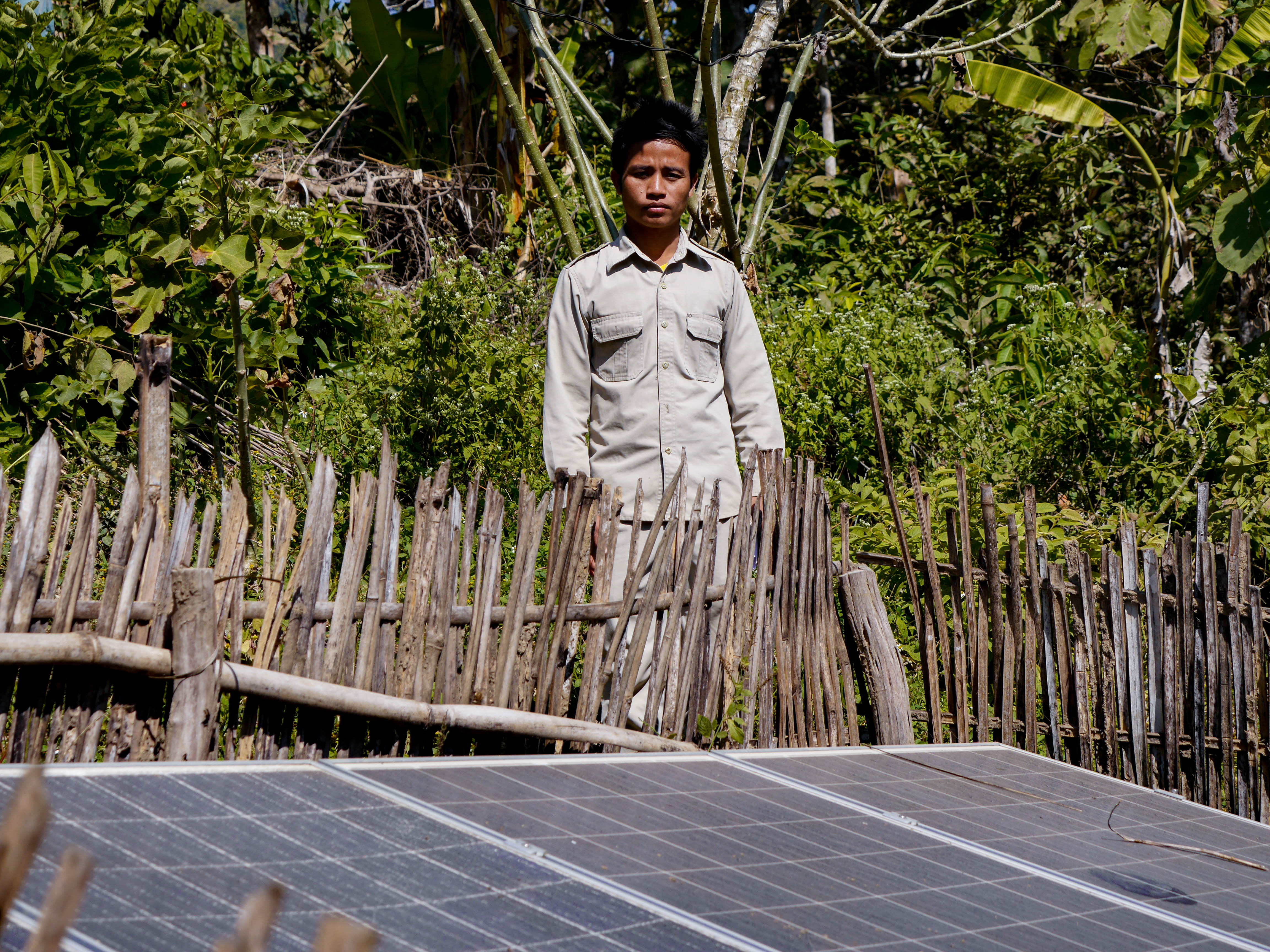
Usefulness
Need for external help
⭐⭐⭐
⭐⭐⭐⭐⭐
When?
No. of volunteers:
Cost:
10 - 20 June 2019
22
SGD 8000 (includes project materials, translator fees, and security fees)
The solar panels are very well-utilised, powering the lights and fans in the village’s primary school. However, two years after they were erected, two of the panels broke from rain damage. The remaining two panels are unable to generate enough electricity for the village, and after two to three hours of switching on the fans, their speeds will decrease from the lack of electricity. The quality of the solar batteries used to store electricity has also been deteriorating. The villagers do not know how to fix the solar panels themselves and have informed MyLaoHome, who are in contact with the volunteers, but repairs have not begun as of yet.
Solar panel, Ban Lad Khammune
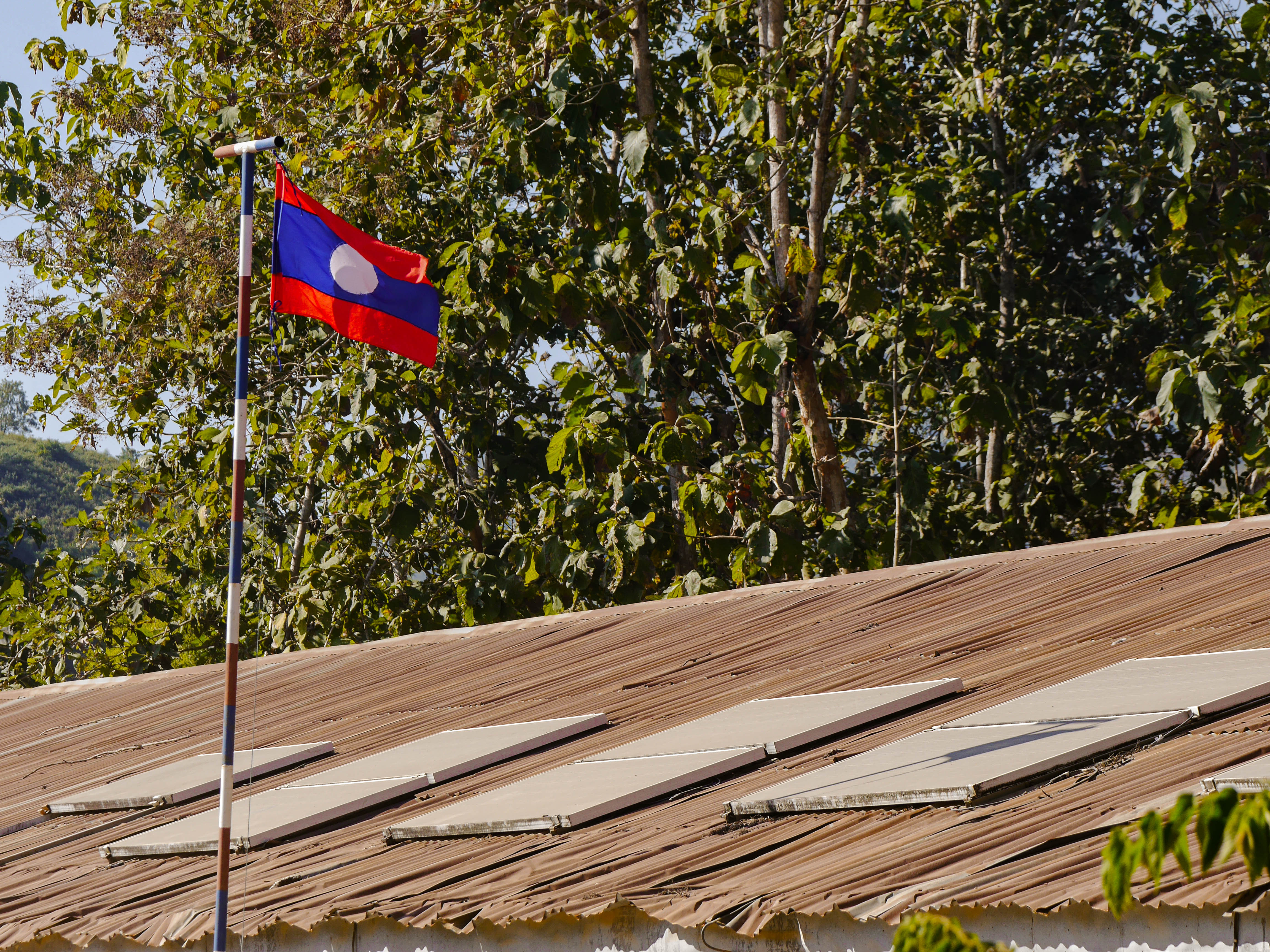
Usefulness
Need for external help
⭐⭐⭐
⭐⭐⭐⭐⭐
When?
No. of volunteers:
Cost:
15 - 29 June 2014
21
SGD 6000 (includes project materials, translator fees, and security fees)
Similarly, the solar panels are very well-utilised, powering the lights and fans of the classrooms and dormitory. They are also used to charge the mobile phones of teachers and students. All of the panels are in good working condition but the battery used to store solar energy became faulty in October 2018, roughly four years after it was first set up. The villagers do not know how to fix the battery themselves and have informed the local contact, MyLaoHome. There has been no mention of repairs as of yet.
Water filter, Ban Houehin
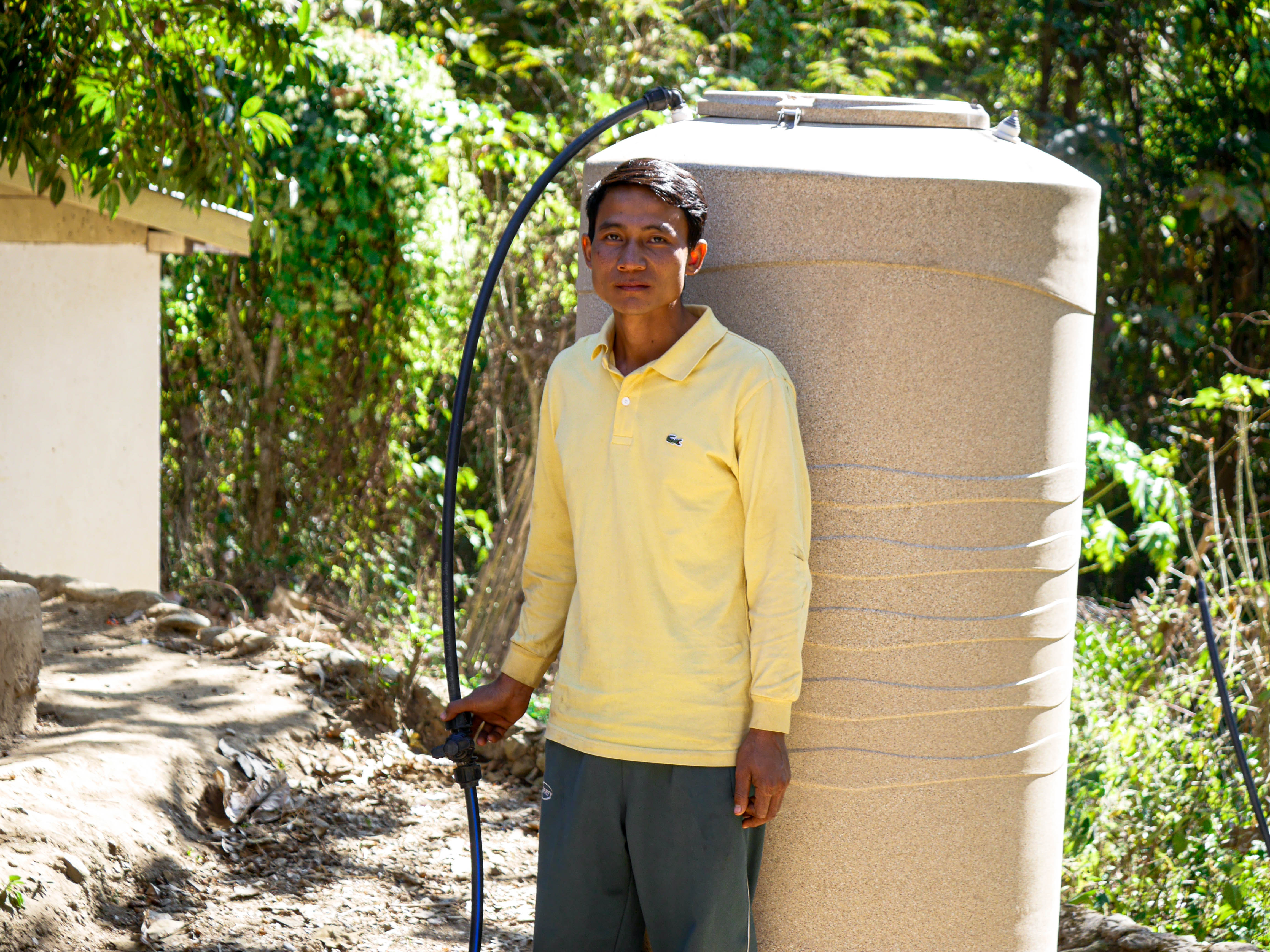
Usefulness
Need for external help
⭐⭐⭐
⭐⭐⭐⭐
When?
No. of volunteers:
Cost:
8 - 20 December 2018
20
SGD 4500 (includes project materials, translator fees, and security fees)
The water filter is used by the villagers every day, especially those who live near the school. Many students take water home for their families to cook with or drink as well.
But about a week after project completion last year, the villagers ran into trouble with the water filter. The water pressure was not strong enough for the tank to be filled, and the villagers had to manually carry water down from another water tank in the village. They did so for three months but eventually stopped because it was too arduous. During project execution, the volunteer team had raised concerns about the water pressure, but their fears were allayed.
About half a month after project completion, the team followed up and checked in on the water filter through the Young Men’s Christian Association (YMCA). No issues were raised to the team yet again.
The team leaders returned to the village a year later in November 2019, where they just learnt about the problems with the water filter. The team then pooled a sum of money to purchase a new pipe, which was promptly brought down to the village in December that year.
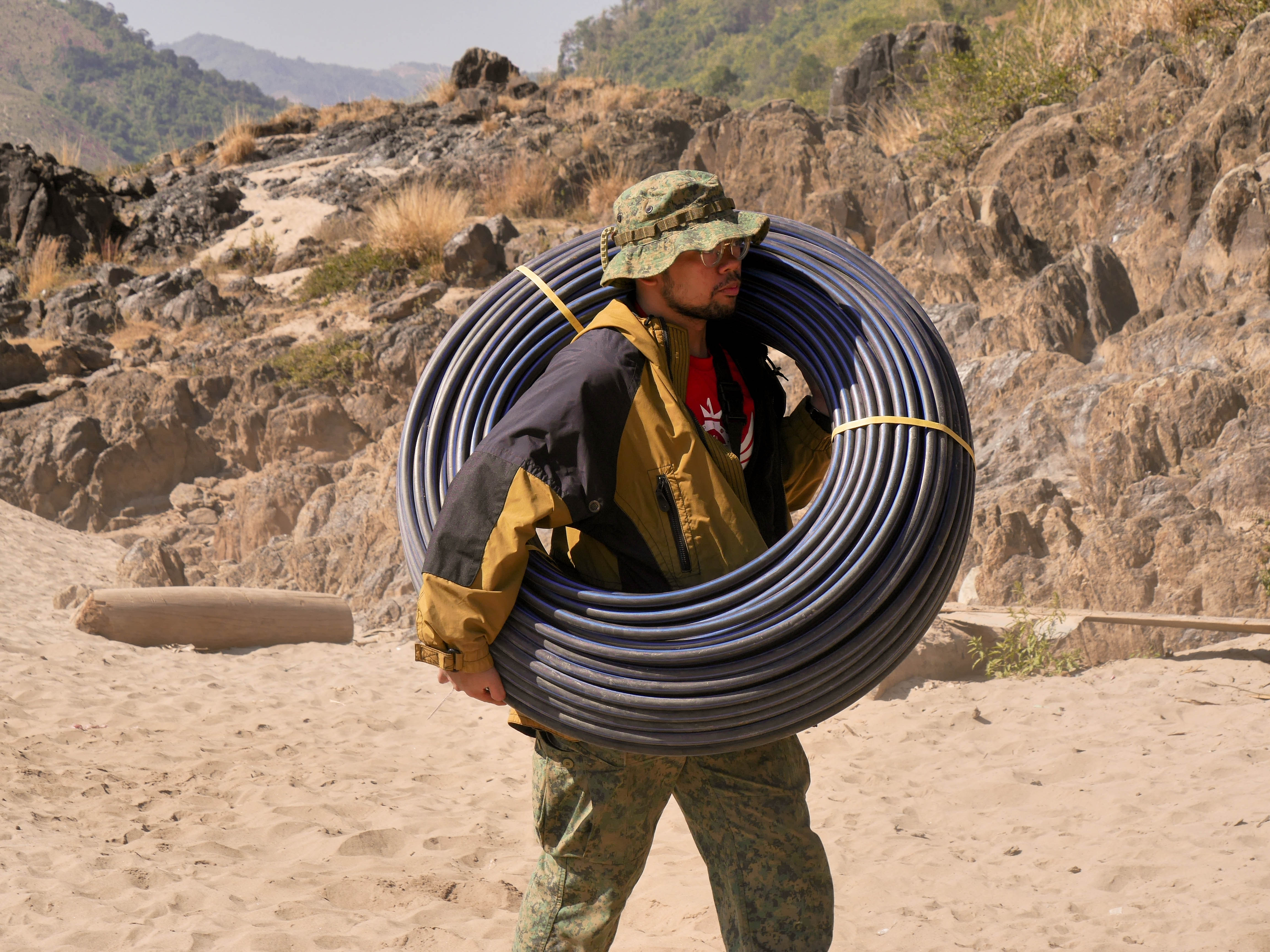
Female dormitory, Ban Lad Khammune
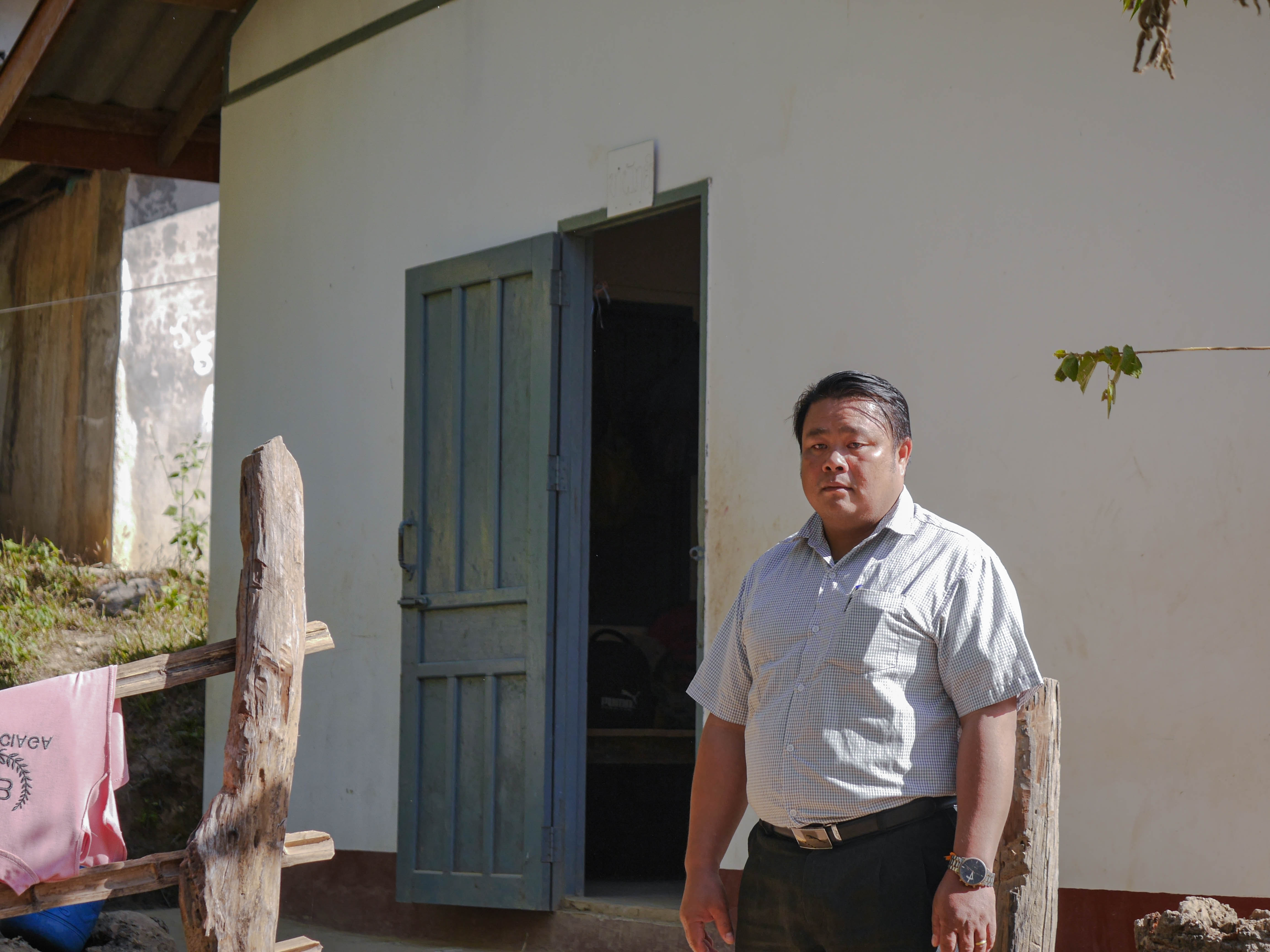
Usefulness
Need for external help
⭐⭐⭐⭐⭐
⭐⭐
When?
No. of volunteers:
Cost:
13 - 27 May 2018
25
SGD 9000 (includes project materials, translator fees, and security fees)
The dormitory provides a great deal of convenience to the female students, who do not have to pay to stay there. There are 118 students enrolled in the secondary school and they come from six different villages, some of which are very far away. Of the 49 female students, 31 live in the dormitory, which is operating close to its full capacity of 35 students.
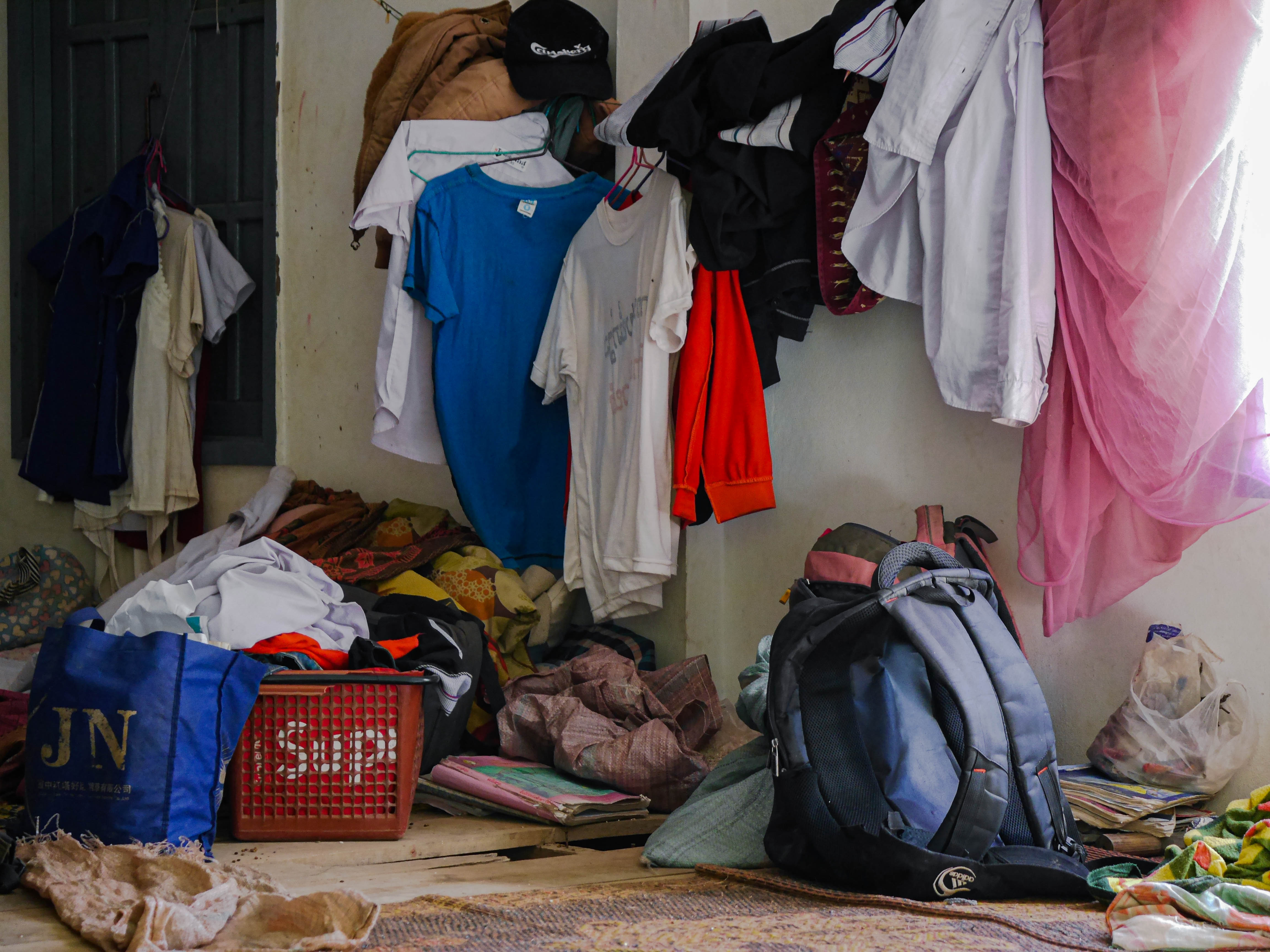
The principal noted that there have been no problems with the dormitory thus far. Should there be small issues like cracks, the villagers are able to repair the damages themselves. Overall, the dormitory has benefitted the students greatly.
Staircase, Ban Huay Hing
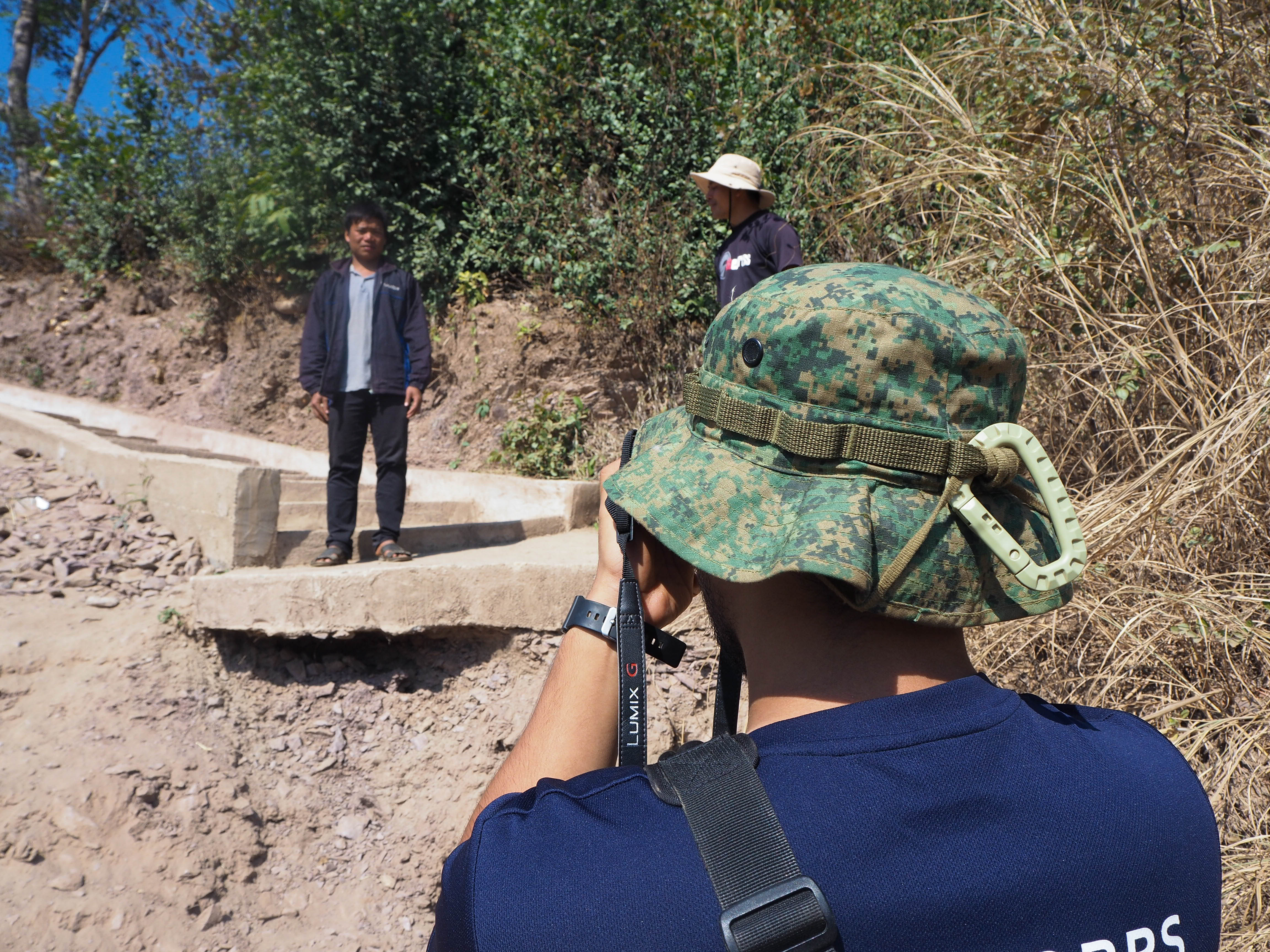
Usefulness
Need for external help
⭐⭐⭐⭐
⭐⭐
When?
No. of volunteers:
Cost:
19 May - 1 June 2019
22
SGD 7000 (includes project materials, translator fees, and security fees)
This flight of stairs is extremely useful to the villagers, especially when they have to haul heavy items back home from their boats. Before the staircase was built, the villagers had to ascend a steep slope to get from the riverbank to their houses. Now, they simply rely on the staircase to make the arduous journey.
According to the deputy village chief however, the staircase has one fatal flaw: it is incomplete. The staircase does not reach the bottom of the slope, and the villagers can only descend by scaling a slippery path made of loose sand.
To conclude, while there exists no perfect blueprint to execute an overseas volunteer project, my team’s inquiry has reinforced to me the pivotal role accountability plays. It is important to have a sense of ownership over our own projects by consistently checking in with the host communities even after project completion. As volunteers, we are all trying to make a difference in our host communities. Yet without taking steps to ensure project sustainability, we might very well be doing more harm than good. ∎
Disclaimer
The evaluation of these projects are views of the author and WeeVolunteer and does not represent the views of NTU and YEP.

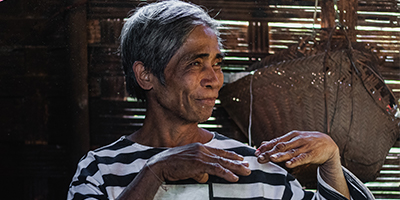
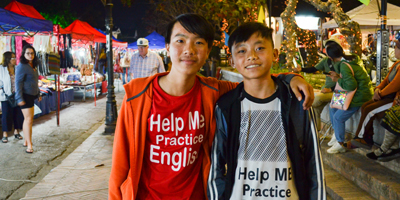
 Wee Kim Wee School
Wee Kim Wee School